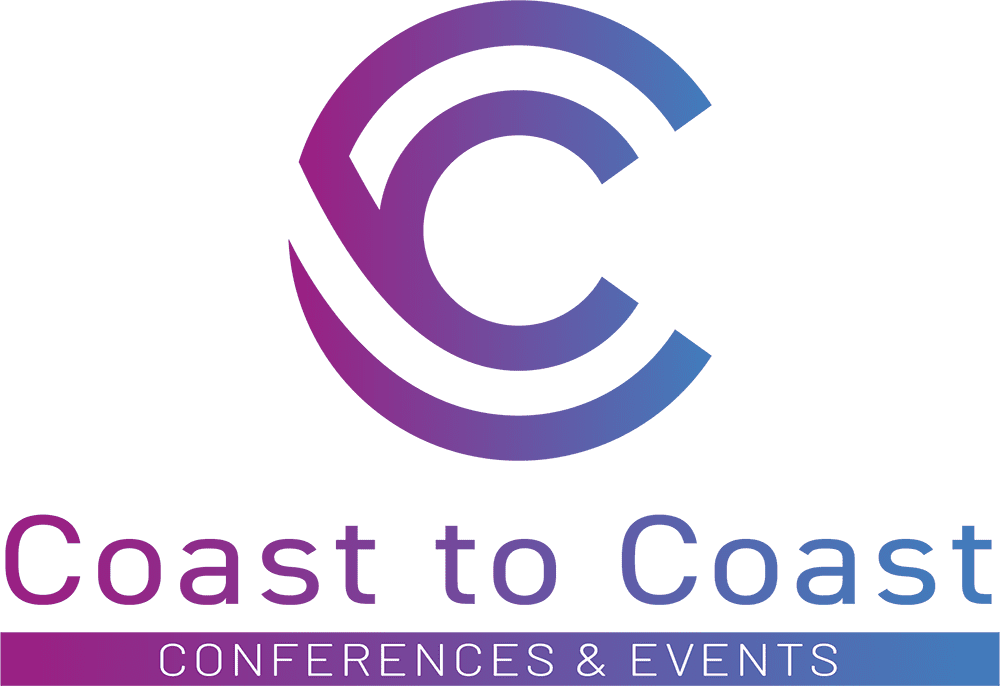Virtual events have become an effective way to connect with audiences around the world using live webinars, chat tools, and digital media served on a visually rich platform. As a result, companies and brands have been able to maximize their reach and achieve greater engagement that is able to be quantified. No matter your budget or where your audience is located, a virtual event can gather a large number of people without additional costs to the venue or capacity issues. Here are 3 best practices to hosting a successful virtual event!
Decide on the type of event you’re planning to host virtually
You have to start with a clear picture of the goals you are trying to accomplish through your virtual event. Whether it’s a virtual expo, virtual conference, virtual career fair, or any other virtual event, you must first set clear goals in order for your team to configure and organize the event.
Choose the right virtual platform to manage your event on
Make sure the platform you use supports all the requirements needed to deliver your business’s goals. A few industry standard questions you should ask when choosing the right platform are:
- Reports and metrics that would be available during and when the event is over.
- Discuss the type of sessions you’re looking for and if the platform meets your needs.
- Design options.
- The types of tools used for engagement.
- Their customer support availability and features during events.
- Available accessibility features.
- What third-party plugins do they support?
Set timelines that are realistic
In an ideal situation, it takes about 10 – 12 weeks for an event to be successfully ready for launch. It’s highly recommended however that you book your event far in advance so that you can perfect every technical element and have the appropriate time to market to your global audience.






